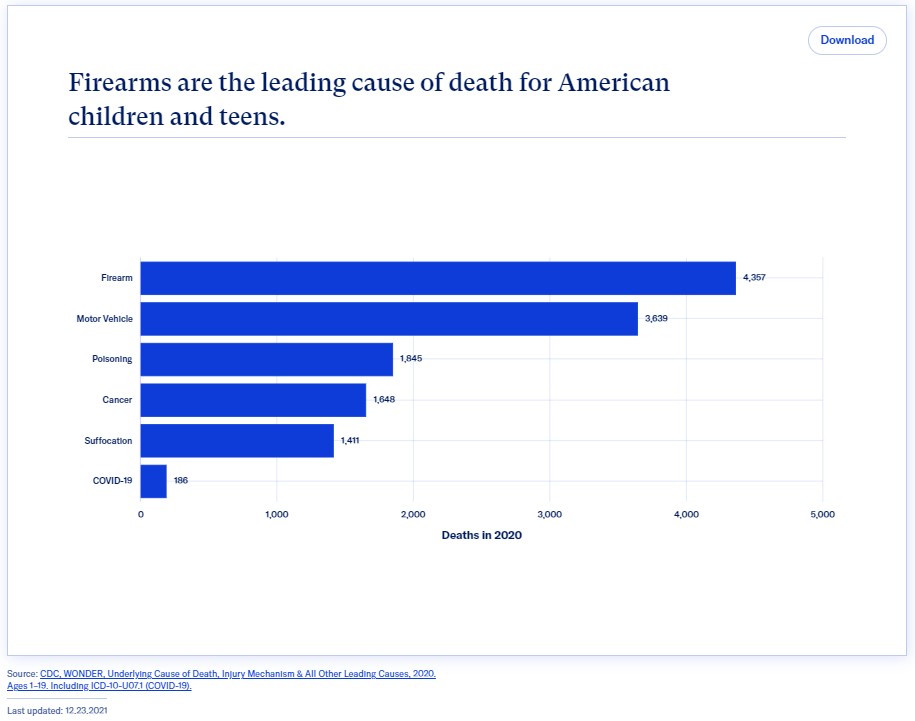
Recent events brought to mind a memory that otherwise likely would not have made it into my memoirs collection.
Sometime in the mid-1990s, I had lunch with Scott Adams, creator of the hugely successful comic strip “Dilbert,” which was ripe with office satire and over-the-top parodies of workplace life. He was a rock star in the business.
Don’t be misled by the comment he and I lunched together. It was at a gathering of newspaper editors and he was a speaker. He also got a free lunch out of it and happened to sit at the table with me and several others.
That’s it. That’s my memory. Seriously, I don’t remember anything that was said. I don’t even recall if he was witty and funny in person.
Yes, the only reason that meal floats to the top of my brain today is because Scott Adams’ career has sunk to the bottom of the pit this past several days. After he made racist comments in which he encouraged white people to “just get the hell away” from black people, whom he labeled “a hate group,” he quickly found newspaper after newspaper dropping his strip, followed by the company that distributed it.
And that, my friend, brings back other memories, all of which I recall better than I do a chicken lunch 25 years ago.
Remembrances
1. As a boy, probably in the early 1960s, I accompanied my mother to the laundry. On the plate glass window was painted, “NO MAIDS.” That seemed strange. Wouldn’t maids have a particular need to do laundry? When I asked my mother, she explained that meant they did not want black people in the business. To be honest, she probably used the term “colored people,” which at that time and place was deemed by whites to be the best to use in public.
2. The burger joint we sometimes visited had two walk-up windows in the front of the building. Patrons parked their cars in front, placed their order at one of the windows and received it there, usually returning to their cars to eat or driving off. However, I noticed another window on the side of the building. That, my father told me, was for black customers.
3. Later that decade, schools in our area of northeast Texas were finally being integrated. My school – Pine Tree ISD in western Longview – merged black and white students the year of 1966-67. At nearby Longview ISD, however, desegregation was deeply opposed and things came to a head after a federal judge laid down the law. On the night of July 4, 1970, two men got into the school district’s maintenance yard and placed 24 nitroglycerine explosives under the buses, damaging 33 buses in all. I also remember being ridiculed on “Rowan & Martin’s Laugh-In” on national television.
4. A couple of years later, I was attending a playoff football game. Sitting in the bleachers, I heard a guy yell out, “Hey, get your (N-word omitted) off our colored boy,” to laughter from fellow fans.
You get the idea.
No recollection
One thing I do not remember – most certainly because I was never told – was learning that my hometown was the site of race riots in 1919.
The root of the riots, according to this article on blackpast.org, was a familiar one. Whites were upset that blacks were establishing their own businesses. As tensions rose, two white men beat a black man after alleging he made advances to their sister.
The black man, Lemuel Walters, was arrested and jailed. A white mob demanded the prisoner, who was handed over to them, shot and killed.
The story eventually reached national newspapers, which angered whites in Longview who blamed a black newspaper correspondent. Things escalated with more beatings, gunfire, burning of homes and buildings, and death. Texas Rangers were sent in, followed by martial law and soldiers.
Similarly …
In a cbs29.tv article noting the 50th anniversary of the school bus bombing less than three years ago, Longview ISD superintendent James E. Wilcox acknowledged there was nothing in any of the schools’ curriculum teaching students about the bombing.
Those who cannot remember the past are condemned to repeat it.
George Santayana
The superintendent did say he was committed to changing that, so it may be different now.
But one could be excused for being skeptical about change. Remember that judicial order in 1970? It wasn’t until 2018 – 48 years later – that the school was released as having finally fulfilled that order.
Acceptance
Of course, one must understand and accept there is a problem before it can be addressed.
A couple of years ago, I got a call from an old friend. She asked where we were working that summer. When I told her we were in New York, she asked, “Aren’t you scared?” Of what? “Aren’t you afraid of antifa?”
“Since ‘antifa’ stands for anti-fascism,” I replied, “then I guess you must count me among them.”
She had accepted without research the fear-peddling of too many conservatives. As I explained there was no real organization and certainly no danger, our conversation moved a bit through history.
She listened, but she could not seem to accept it.
“So, do you think we were racist?” she asked.
I understand her confusion. Those of us living a privileged life can find it extremely difficult to see the challenges others face that we don’t.

Shortly after George Floyd was murdered by a police officer in Minneapolis, I posted an article here quoting my pastor, David Wilman, exhorting us to recognize that “America has a racism problem.”
Said he: “… this nation is suffering because of a racism problem. And it’s the kind of insidious racism that has pushed people down for generations, pushing people down so hard that they are seen as ‘less than.’ They are treated as less than. People don’t have access to health care, they don’t have access to opportunity, they don’t even have access to equal pay or any kind of equal treatment. Things need to change, and it needs to start now.”
Summary and action
The words of a cartoonist whose work had already “jumped the shark” (“Rapid demise of ‘Dilbert’ is no surprise to those watching,” by David Bauder, the Associated Press) serve up yet another reminder that racism is indeed a continuing problem in this country.
However, the response that clipped his voice of hatred is encouraging, a small light of hope.
To be sure, more and more people are becoming aware and are taking a stand, but it is painfully slow. Consider revisiting another post from 2020, the story of a white man from Australia who stood up for equal rights during the 1968 Olympics, fully realizing doing so would likely end his athletic career.
In a world of haters, be a Peter Norman.





